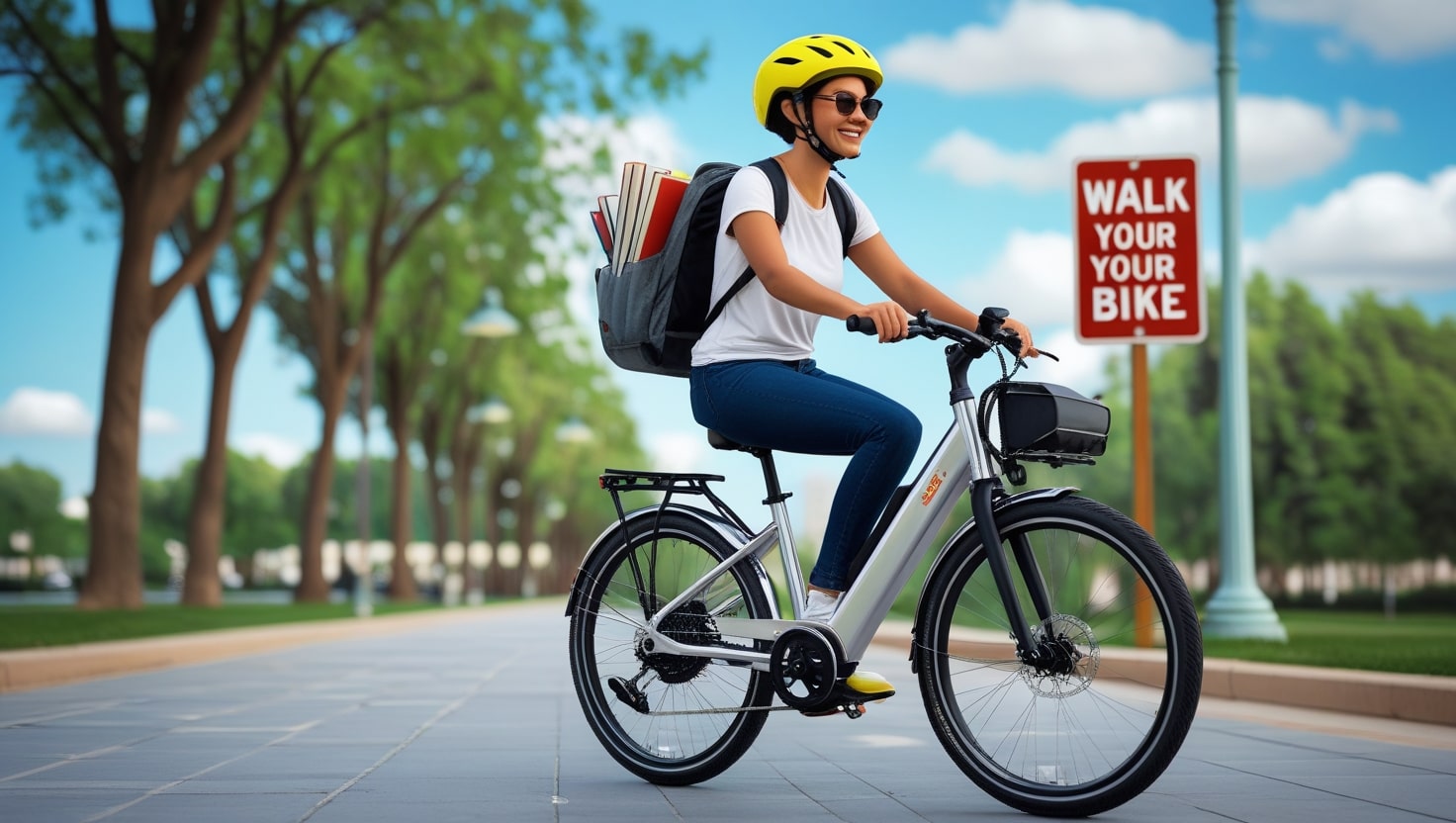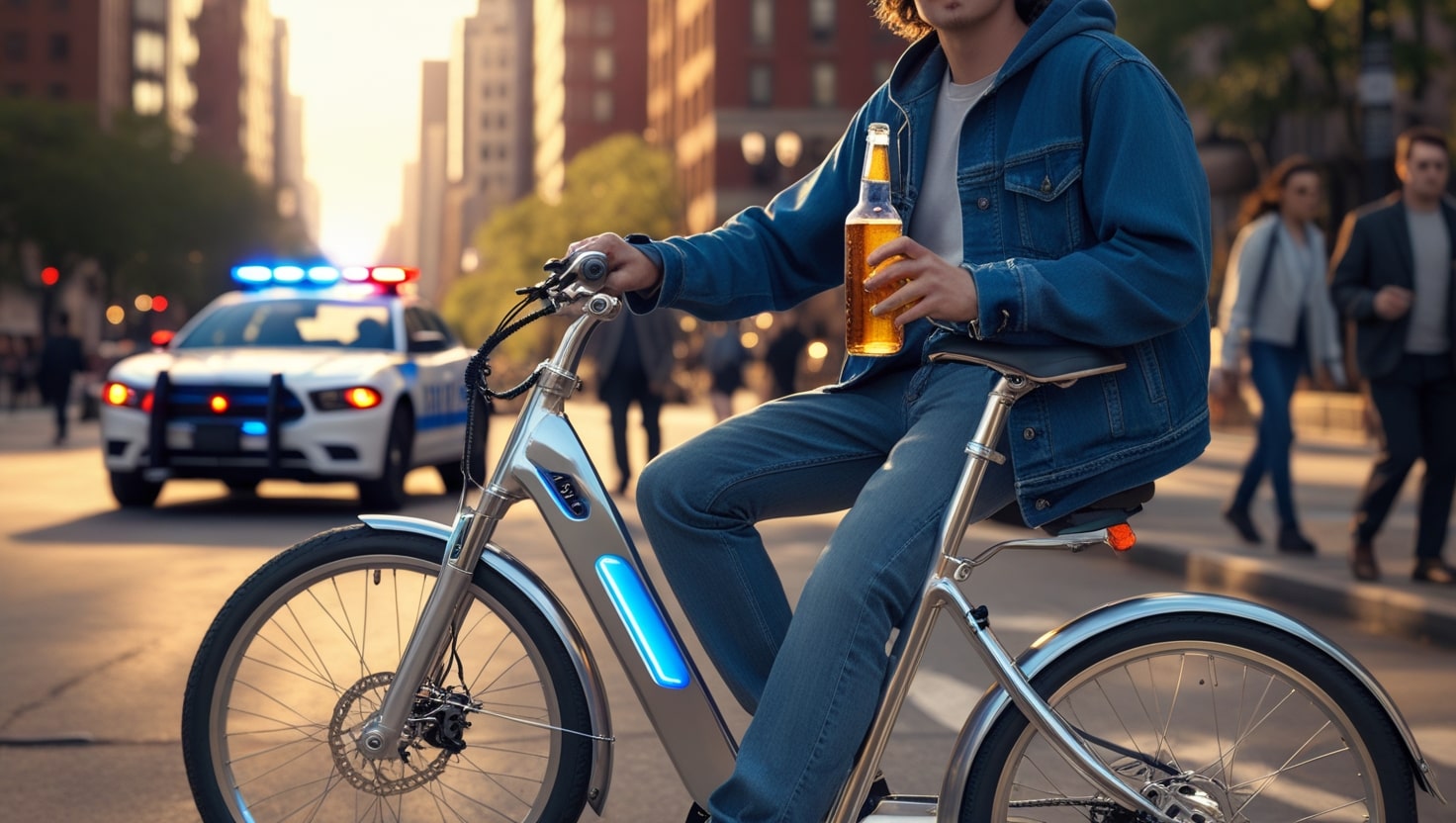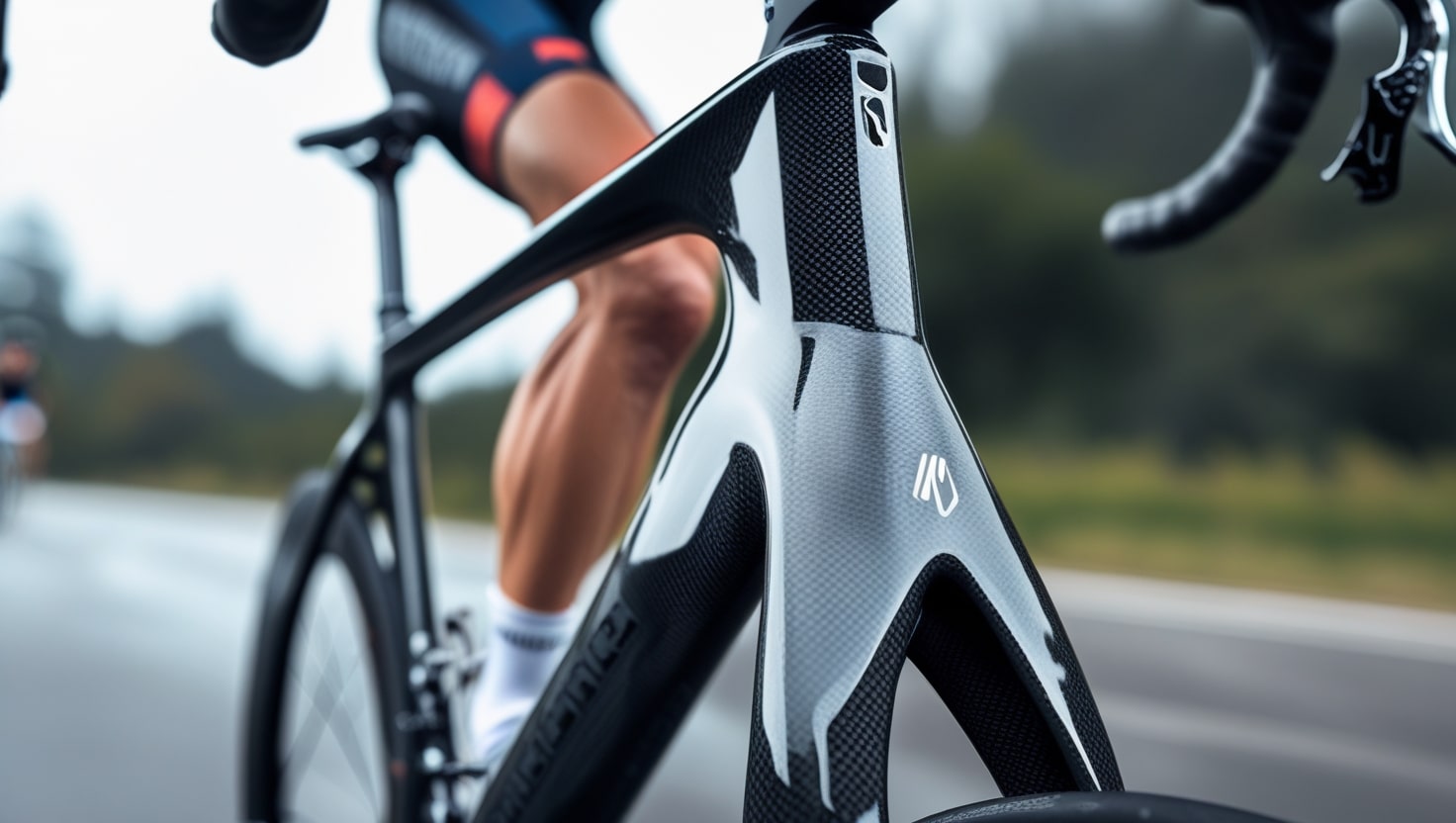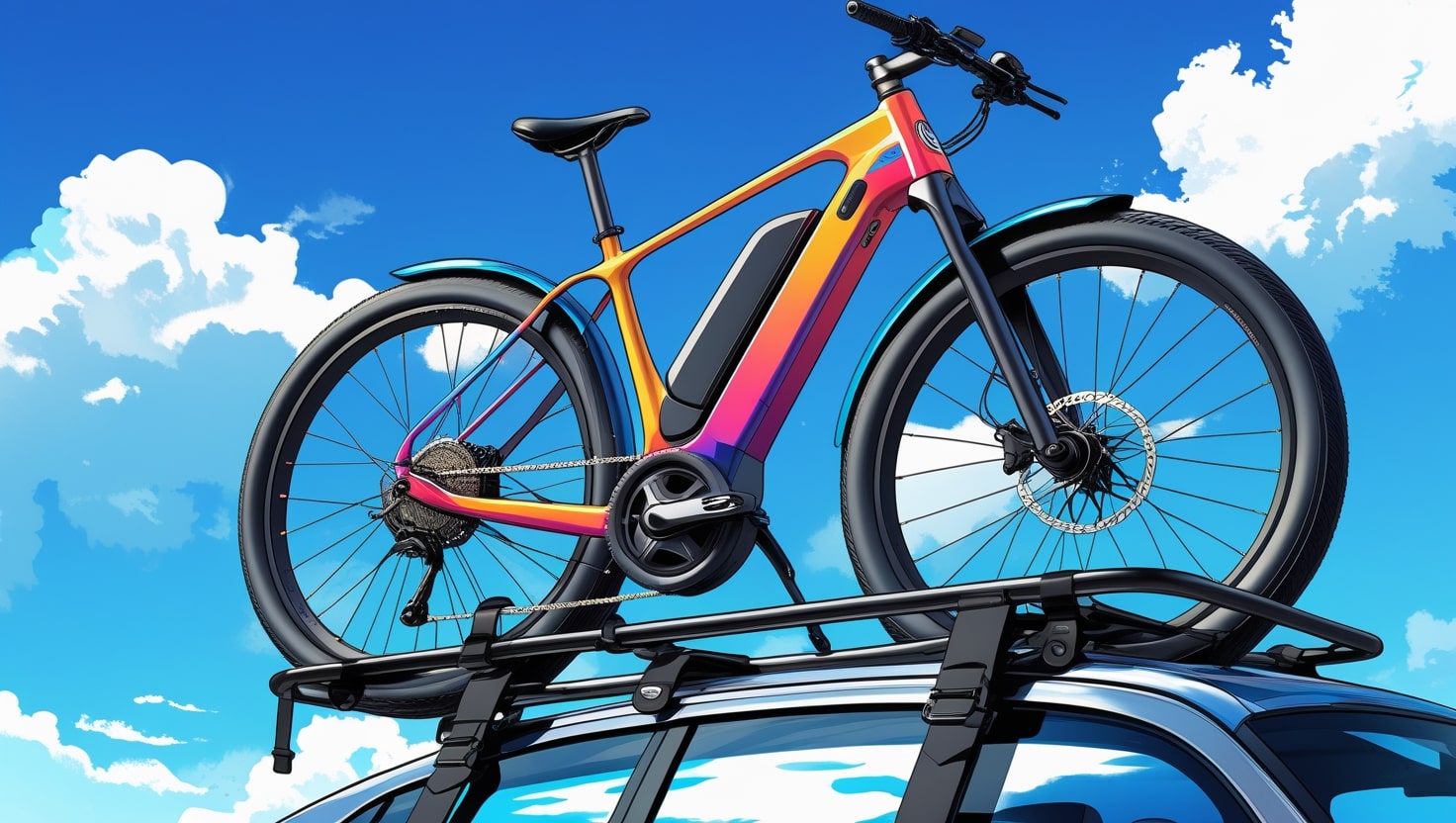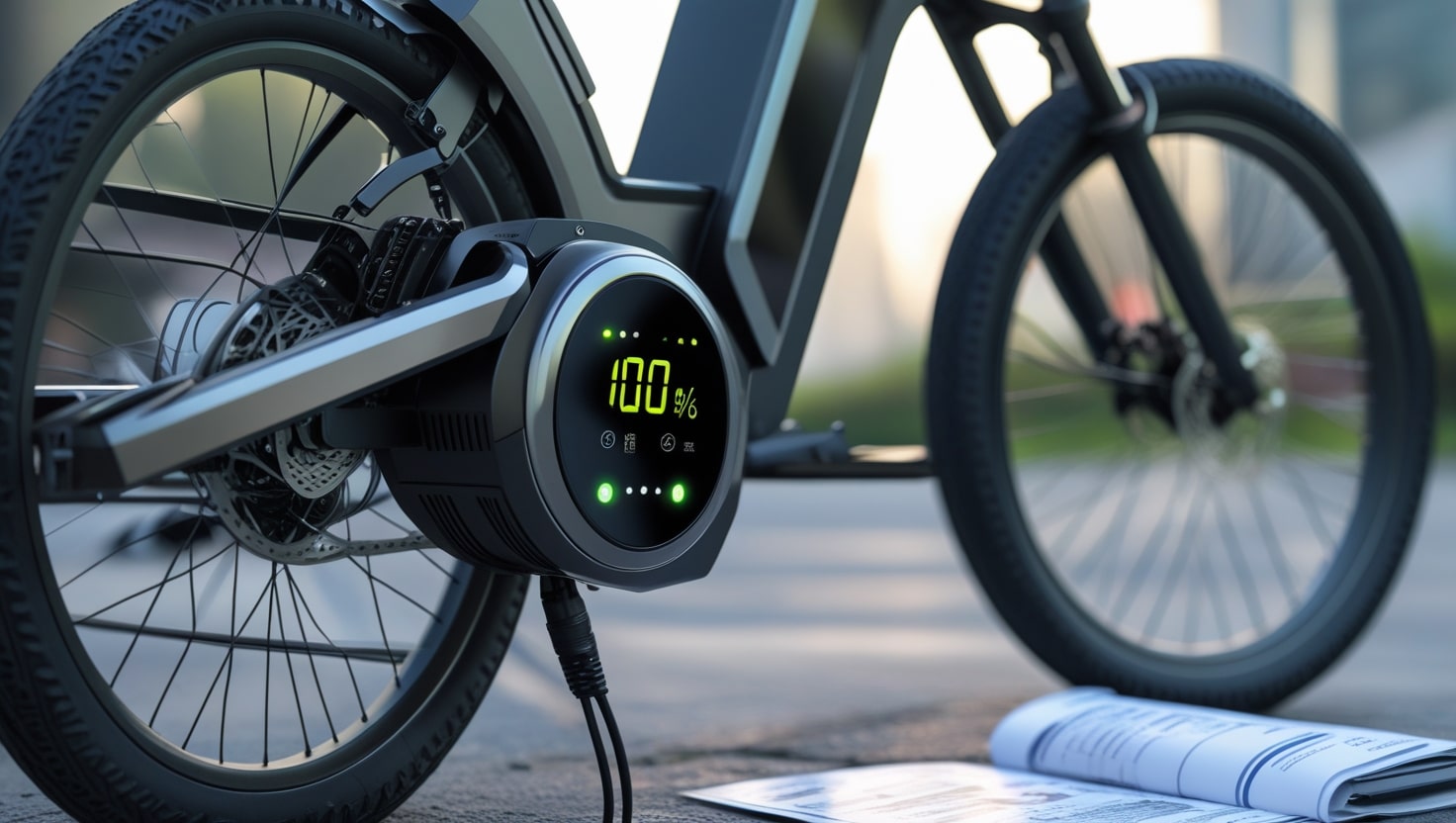When I first bought my electric bike, I was excited about its eco-friendly appeal and how it offered a smooth alternative to traditional transportation. Like many riders in the United States, I saw the rise in popularity of e-bikes as a sign that people were becoming more mindful of efficiency and the environment. But as I started riding through different city streets, I realized the laws on whether can you ride an electric bike on the sidewalk— greatly by state and jurisdiction.
It’s essential to have a clear understanding of where bikes can be operated safely, as some areas categorize e-bikes the same as bicycles, while others have made amendments due to their motorized nature. Since electric bikes are often faster than standard cycles, they pose real risks in pedestrian-heavy zones. The speed and silence of an e-bike can startle pedestrians, raising serious safety concerns. Some states permit the use of e-bikes on sidewalks, while others prohibit it to reduce the chance of increased accidents.
Also Read: 2025 Jasion EB5 Electric Bike Reviews
TL;DR
When I first started riding e-bikes, one of my biggest questions was whether it was legal to use them on sidewalks. The truth is, it depends heavily on local laws. Some cities completely ban electric bike use on sidewalks, especially the faster Class 3 models, because they can pose a risk to pedestrians. Other areas may allow Class 1 or Class 2 bikes in zones where no bike lanes are available or shared-use paths exist. Still, riding on a sidewalk can lead to accidents, fines, or even liability, depending on the situation.
In my experience, the safer and smarter options are often quiet streets, designated lanes, or paths shared with pedestrians. Before heading out, always check the local laws and stay respectful of those around you—especially when riding near walkers or in tight spaces.
General Rules About Riding on Sidewalks
If you’ve ever wondered whether it’s legal to be riding an electric bike on sidewalks, the answer isn’t always simple. In many cities and towns, there are laws and rules that make it either restricted or outright banned, especially for faster e-bike models that can hit 20 mph.
I’ve seen riders, especially newcomers, assume it’s okay just because someone else is doing it. But don’t make that mistake—always check with local authorities before hopping on a sidewalk. Even if the area feels safe, the law might say otherwise.
In my case, while biking through both busy and relaxed places, I’ve learned to watch for foot traffic and give walkers space. Some areas with wide sidewalks and light pedestrian flow may be more lenient, but that doesn’t mean it’s always legal. Pedestrians come first, and adding a motor to what seems like a regular bike introduces new situations that can become dangerous fast.
can you ride an electric bike on the sidewalk
Back when I visited New York, I noticed how common e-bikes had become, especially in busy cities like San Francisco too. But while riding through different neighborhoods, I quickly learned that the rules can really vary. Some states and local areas allow sidewalk riding, but only when roads are unsafe or no bike lanes are available.
It’s crucial to always check local laws and regulations before assuming it’s legal, even in seemingly quiet places. Some areas with wider paths might be more flexible, while others completely restrict sidewalk use to protect pedestrians.
In my experience, sidewalks are often full of people, kids, and pets, and riding an e-bike there can feel awkward or even dangerous. It’s especially true in cities with heavy foot traffic. Even if laws technically say it’s allowed, that doesn’t mean it’s the right move. Fast-moving bikes—whether traditional bikes or electric—just don’t belong in close spaces meant for walking.
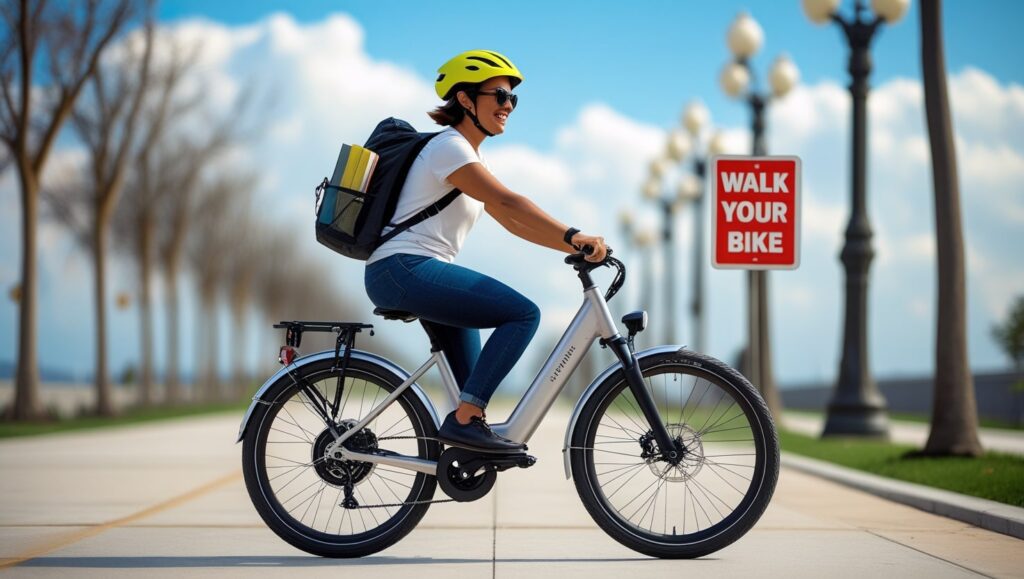
E-Bike Classifications and Sidewalk Use
Understanding e-bike classification is key if you’re thinking about riding on sidewalks. In the United States, the system is broken into classes that reflect how each motor behaves and what kind of environments it’s suitable for. These categories also come with different implications when it comes to local laws and regulations, which can vary by area. Whether the motor provides pedal-assist, throttle-assisted, or both, you should always check specific rules before use. Depending on the speed, type of assistance, and how disruptive the bike might be in pedestrian zones, penalties for violations—especially in crowded areas—can be substantial.
Class 1 e-bikes: These only provide pedal assistance, and they cease to do so at 20 mph. They’re often considered the least risky for sidewalk use, but still may be restricted in some areas due to local rules.
Class 2 e-bikes: These include a cap assist at 20 mph and a throttle feature. Their quick acceleration makes them easier to ride, but could pose a hazard in pedestrian zones.
Class 3 e-bikes: Also pedal-assist, these reach higher speeds—up to 28 mph—and are generally meant for streets and dedicated bike lanes, not sidewalks.
Each class has different implications, and what may feel like a safe ride could lead to fines if you’re not aligned with local laws.
What Do Local and State Laws Say?
If you’re planning to ride your e-bike on sidewalks, you should know that laws and rules differ not just between states but even between counties, cities, or a single town. For example, New York City doesn’t allow sidewalk riding at all, while California and Colorado have their own takes—often depending on local ordinances.
In Florida, you can use the sidewalk but must yield to pedestrians and follow posted signs. Michigan and Idaho also permit sidewalk use unless a local rule prohibits it. From my experience, general advice doesn’t cut it—you need to check what your specific city says before you end up with a ticket. Here’s how the classes break down:
Class 1: Allowed in many areas, especially where local rules permit pedal-assist only.
Class 2: Often permitted but may face restrictions due to throttle use.
Class 3: Usually not allowed on sidewalks due to higher speeds—restricted in most dense areas.
When Sidewalk Riding May Be Allowed
Some areas make exceptions for riding an e-bike on sidewalks, especially when bike lanes are not available and the road is unsafe.
In low-traffic neighborhoods with wide sidewalks, sidewalk use may be more accepted.
Children or younger riders are sometimes given leeway under local rules.
If you’re riding at walking speed and yielding to pedestrians, it’s more likely to be tolerated.
Look for signs showing where designated shared-use paths exist—these clearly mark where riding is okay.
Always match your speed and behavior to the situation, especially in busy places.
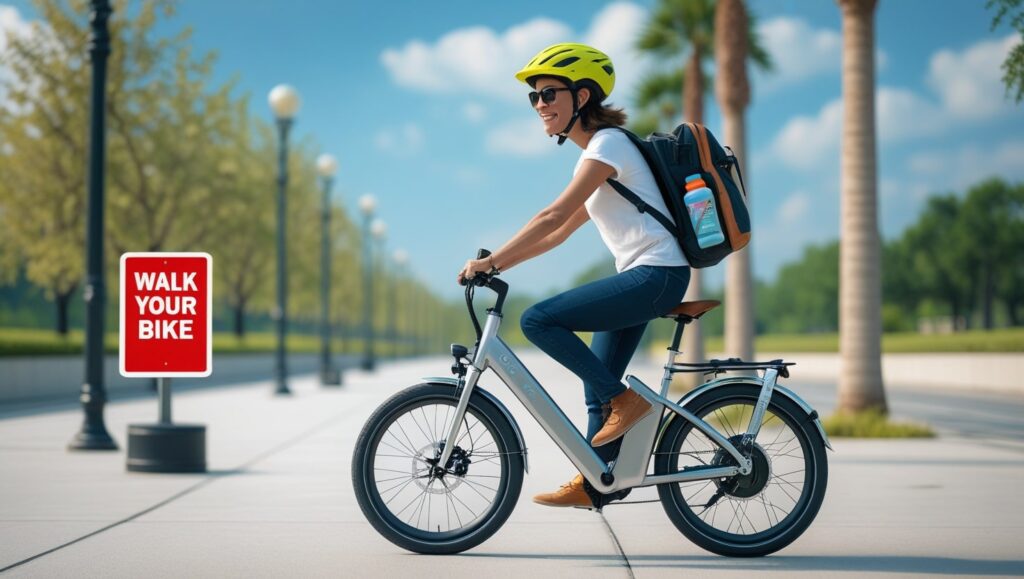
Tips for Staying Safe When Riding an Electric Bike
Bicyclists who are allowed to ride on sidewalks or close to pedestrians must always be extremely cautious and courteous.
Managing Speed: Keep your speed in check based on traffic and density on sidewalks. Adjusting your pace helps reduce impact and the risk of accidents or collisions, especially when navigating pedestrian flow.
Alerting Pedestrians: Always give a verbal warning like “on your left!” and use signals such as a bell or horn to notify pedestrians when you’re approaching.
Ensuring Visibility: To stay safe, wear bright clothing and use lights and reflective materials on your e-bike, especially in low-light conditions like early morning, late evening, or during bad weather to improve visibility.
Giving Way to Pedestrians: Always prioritize pedestrians and their right of way. Be ready to stop or slow down when needed—giving way ensures others feel comfortable and safe around your ride.
The Legal Consequences of Sidewalk Riding
It is important to be aware of and abide by local e-bike laws because using an e-bike in restricted locations, such as designated sidewalks, may result in legal penalties.
Fines: Depending on where you live, penalties for riding an e-bike on sidewalks can range from minor amounts in small towns to substantial fines in major cities. These often apply even if no one was hurt.
Warnings: In some cases, authorities may issue a verbal or written warning as a first corrective measure, especially if the violation was harmless. But repeated offenses can lead to bigger consequences.
Liability Issues: If an accident happens and a pedestrian is hurt, the rider could be found liable. This may lead to injuries, lawsuits, or even criminal charges, depending on the severity of the incident and local liability laws.
How should I proceed if local regulations are unclear
It’s advisable to get clarification from reliable sources if you’re unsure of the laws governing e-bike riding in your area.
State and City Transportation Websites: Check official transportation websites at the state and city level for the most accurate information. These sites are often updated to reflect changes in laws, rules, and regulations regarding e-bike riding.
Local Bike Shops: Visit trusted local bike shops in your area. Their knowledgeable employees can give you practical advice on how to ride safely, based on current local law and personal experience.
Cycling Clubs: Join cycling clubs or a nearby club where members share real-world experiences, helpful tips, and safe practices for e-bike use. These communities often discuss updates in cycling rules and local riding habits.
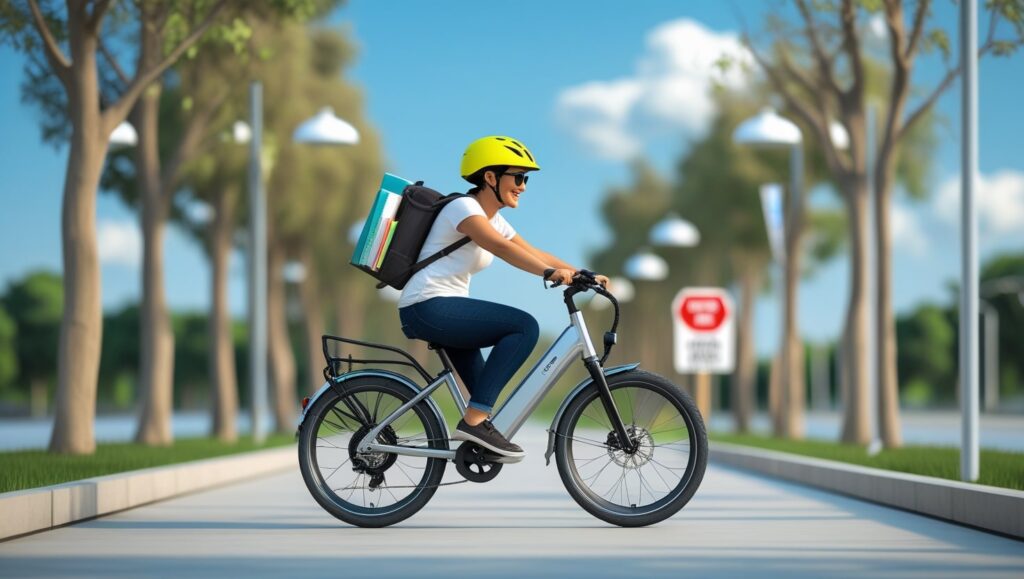
Better Alternatives to Sidewalk Riding
While sidewalks may seem convenient, they’re not built for e-bikes, and using them often leads to awkward interactions with walkers. A much safer choice is sticking to bike lanes, which are designed for smooth and secure riding. When those aren’t available, I usually look for quiet residential streets with low speed limits, which feel much more relaxed and predictable.
Some cities also mark bike-friendly routes on maps, and you can find these using helpful apps. A little planning goes a long way when trying to avoid trouble or confusing routes.
If you’re not sure where to ride, I always suggest stopping by local bike shops. The staff are friendly and usually know which areas should be avoided, and they often offer help based on their own riding experience. You can also check out shared-use trails in parks or national forests—these are often wide enough for both bikes and pedestrians.
Final Words
Before you ride your electric bike or e-bikes on a sidewalk, it’s important to check the local laws and rules for the places you’re in. Even where it’s allowed, it comes with responsibilities, and the risks—like hurting someone—are real. I’ve found that using bike lanes or quiet streets is not only safer, but also shows you’re riding respectfully. These alternatives help avoid trouble, especially when you match your pace to the surroundings and choose the right place for your ride.
FAQs
Can I ride my e-bike on any sidewalk?
The answer really comes down to local laws and specific regulations set by different cities. While some areas may allow e-bikes in certain places, others clearly prohibit or restrict their use on sidewalks altogether.
What are the classifications of e-bikes?
To understand where you can ride, it’s important to know how e-bikes are categorized. They’re split into three classes, each based on the motor’s behavior, power, and operational speeds. These are Class 1, Class 2, and Class 3 classes.
What should I do if my local laws are unclear about e-bikes on sidewalks?Contact
If you’re unsure whether you can ride your e-bike on the sidewalk, the best thing to do is contact your local transportation authorities to clarify the regulations in your area. In some cases, it also helps to speak with a legal expert who understands local traffic rules to ensure full compliance.
Is it legal to ride a bike on the sidewalk in the US?
Whether you can ride bikes or e-bikes on sidewalks really depends on the state, city, and specific places you’re in. Some areas clearly allow it, but many have their own rules. For example, 21 states require you to yield to pedestrians, while 18 states say you must give a warning before passing, often by ringing a bell.
What happens if I get caught riding illegally?
If you’re caught riding an electric bike on the sidewalk where it’s not allowed, you might just get a warning—but in many places, it can lead to a fine. Worse, if there’s an accident, you could be held responsible for any injuries or damage caused.

